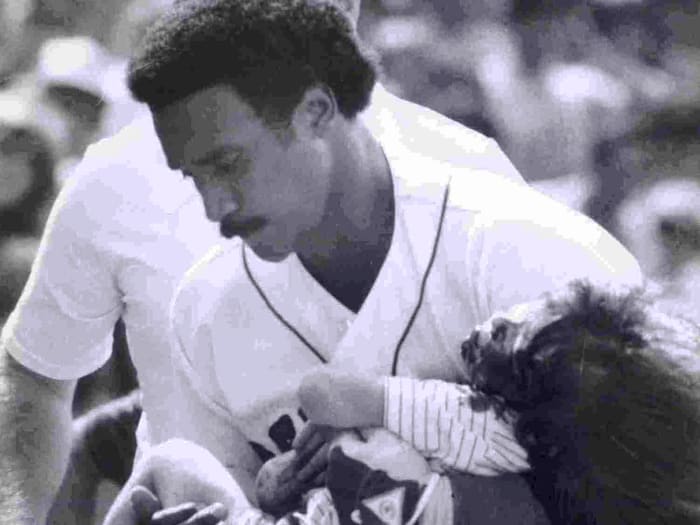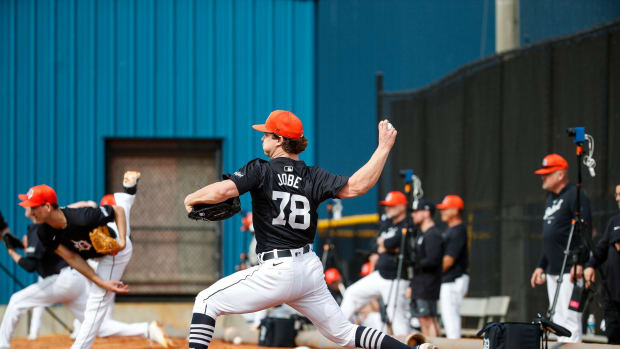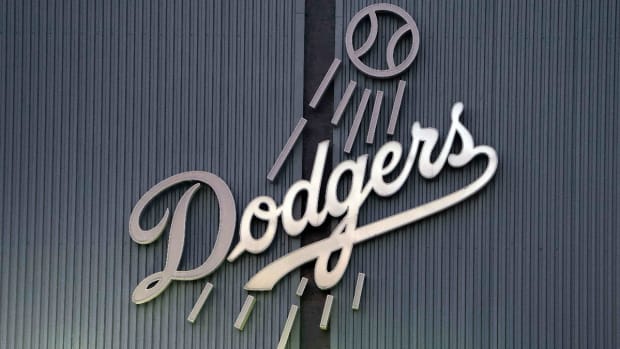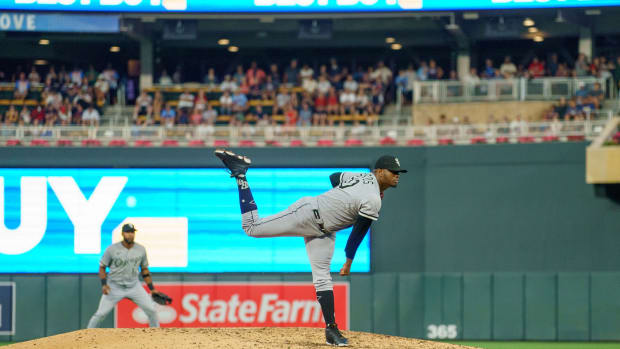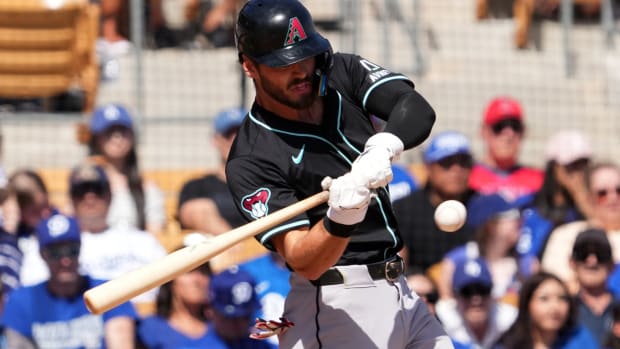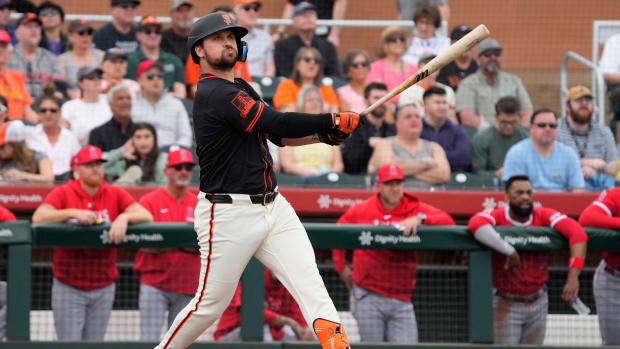Thirty-Five Years Ago, Jonathan Keane Was Hit by a Foul Ball. Then Jim Rice Saved his Life.
Last Friday was, in most ways, one of the better days of Jonathan Keane’s life. To celebrate his 40th birthday, Keane – along with two of his four golf-mad younger brothers and their father, Tom – teed off at Bethpage Black at 7:54 AM, having camped out for 14 hours to secure their first tee time on the legendary Long Island course. Keane shot a 96. “He’s got three little kids, so he doesn’t have much time for golf these days,” says his dad. His thoughts also kept straying to an incident that had happened two days earlier and 45 miles west, at Yankee Stadium.
There, Yankees third baseman Todd Frazier smacked a 105-mph foul ball in the fifth inning of a matinee against the Twins. The liner struck a two-year-old girl, who was sitting with her family just past the third base dugout, in the face. Details about the girl’s condition are scarce – she was said to remain in Columbia Presbyterian Hospital, and to be improving – but the Keanes could imagine the pain she and her family were experiencing. On Aug. 7, 1982, those feelings were theirs.
That day Tom drove Jonathan, then four, and his two-year-old brother from Greenland, N.H., to Fenway Park. The Keanes had dream seats, behind the first base dugout. In the fourth inning Red Sox second baseman Dave Stapelton hit a foul screamer. The next thing Tom knew, Jonathan was down.
MLB Must Mandate Expanded Protective Netting Before It's Too Late
That event is best remembered for Jim Rice’s heroism. He sprinted out of the dugout, scooped up Jonathan and rushed him into the Sox’ clubhouse for treatment and then transport to Boston Children’s Hospital, where he underwent emergency surgery to relieve pressure caused by swelling in his brain. The moment was immortalized by an image of Rice, the future Hall of Famer who was known as much for his orneriness as his bat, cradling the bleeding child. “Jim Rice likely saved Jonathan’s life,” says Tom. “If he hadn’t reacted so quickly, god knows what might have happened.”
Jonathan spent a terrifying five days in the hospital but made a full recovery. “The doctors can’t tell you if there’s any permanent injury, at the time,” says Tom. “We’re very lucky.” Jonathan now runs customer service for a tech company in Raleigh. Though he has only a light scar above his left eye, that day at the ballpark marked his life. “The odds are so small,” says Jonathan, “but the impact when it happens is so dramatic.”
In fact, the odds aren’t that small. This is believed to be the third serious foul-ball-related injury suffered by a fan at Yankee Stadium this season, and a 2014 Bloomberg study estimated that 1,750 fans are hurt by batted balls in major league ballparks every year. The solution seems obvious: Extend the protective netting behind home plate past both dugouts. But the league, which does warn its fans on tickets and signs in the ballparks of the danger they face, has been wary of mandating it, lest it deprive its highest-paying customers of unimpeded sight lines and the thrill of taking home a hard-won souvenir.
Just 10 clubs currently have such netting, though last week four more said they would expand theirs. “We will redouble our efforts on this important issue,” said commissioner Rob Manfred, making no concrete promises.
Players appear to be virtually unanimous in wanting more extensive protection. “I don’t care about the damn view of the fan,” said an angry Brian Dozier of the Twins, who watched from second base as the girl was struck. “It’s all about safety. I still have a knot in my stomach.”
The men who play the game also know that even the most vigilant attention by spectators often isn’t enough to protect them. “If you’ve never seen a ball like that, which most people in the world haven’t, it’s very tough,” said a devastated Frazier, who sank to one knee as the toddler received emergency treatment and has since regularly communicated with her father. Standing at second base, Frazier’s teammate Matt Holliday cried.
Yankees Incident Revives an Old Question: How Responsible Are Teams for Foul Ball Injuries?
The Keanes have followed the story since last Wednesday, and hope to speak with the girl’s family. “Please pass on to them that we certainly understand the pain they’re going through, and we wish them a speedy and full recovery,” says Tom. Jonathan takes issue with those who fault the girl’s family for sitting so close to the action. “That drives me crazy,” he says. “You’re trying to put your kids in good situations, to have a fulfilling life. You want to have good seats at the game, watch the game with your kids. That’s a perfectly reasonable thing to do.”
For a long time Jonathan – who has no memory of that day in 1982 – has declined to advocate for expanded netting. His feelings have changed, especially as has taken his five-year-old-son to several minor league Durham Bulls games. “It has become more real to me, knowing how fragile he is at that age,” he says. “If you’d asked me five years ago, I think I’d probably have been more neutral . Having kids makes nets seem like a good idea.”
It is, even 35 years too late. Players like Dave Stapelton and Todd Frazier should be able to play without the guilt of having inadvertently harmed a child, and also without having to become the type of hero that Jim Rice did. And all families ought to drive home from a day at the ballpark intact, with only warm memories and the ability to make many more of them in the decades to follow – even if they leave without a souvenir foul ball.






























